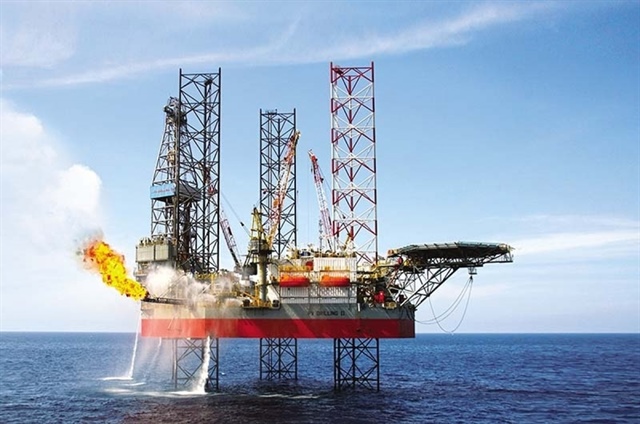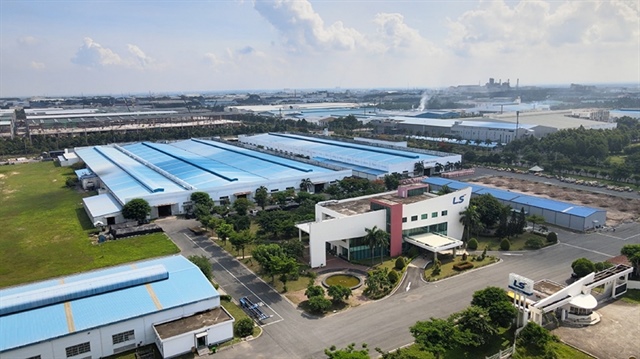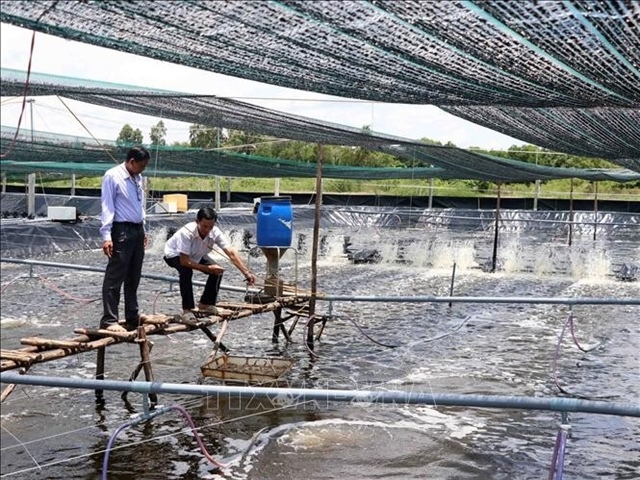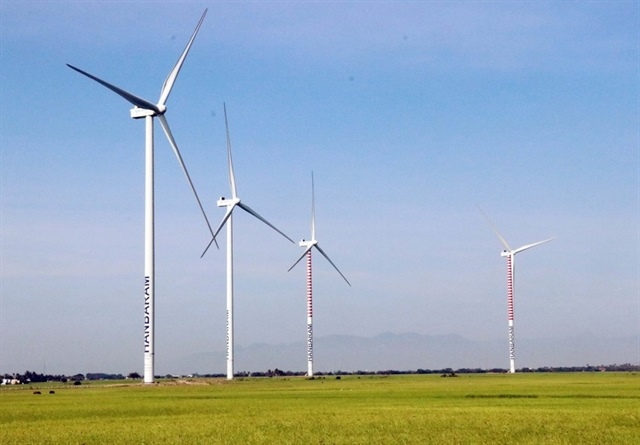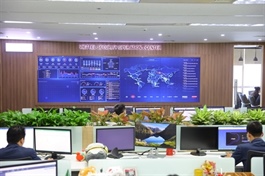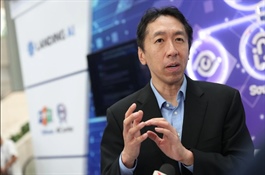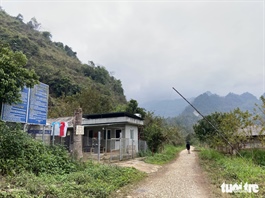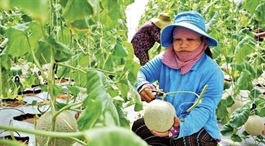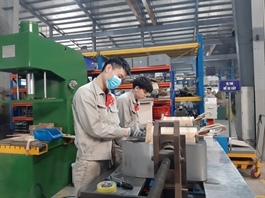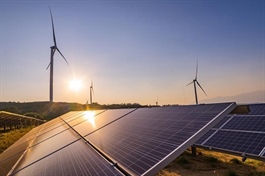Artificial sand production and consumption face challenges
Artificial sand production and consumption face challenges
Amid severe sand shortage, artificial sand might be a valid alternative to the natural product. However, its production and consumption have encountered many difficulties, construction industry insiders have said.

Artificial sand is considered a valid alternative to the natural product. — Photo vnbusiness.vn |
Artificial sand is crushed from natural rocks such as limestone, laterite, granite and gravel with modular particles equivalent to natural sand.
The Ministry of Construction forecasts the amount of artificial sand to reach about 15-20 million tonnes each year between now to 2030, far lower than the demand for natural sand in the construction materials market.
The unsatisfactory figures were partly due to an insufficient supply of artificial sand and a modest rate of using artificial sand in local construction projects, insiders have said.
Võ Văn Thắng, director of Xuân Long Cooperative, which is one of the two leading artificial sand producers in Thừa Thiên-Huế Province, said that consumption of man-made sand remained sluggish despite its advantages.
Thắng told vnbusiness.vn news site that his cooperative's artificial sand production capacity stood at over 250,000 cubic metres per year, but consumption was only about 10,000-15,000 cubic metres annually.
According to Hà Huy Anh, project manager of Sustainable Sand Management in the Mekong Delta of the World Wide Fund for Nature in Việt Nam, artificial sand production in Việt Nam was still limited because the reserves of materials used to produce artificial sand, although recorded, were mainly in theoretical form, collected from localities' reports.
Actual data which would be used to evaluate the effectiveness and cost of each material used to produce artificial sand, was not specific, resulting in unclear production orientation and supports, he told to vnbusiness.vn.
Incentive policies needed
Chairman of the Vietnam Cement Association Nguyễn Quang Cung said shortage of natural sand was unavoidable, so artificial sand might be a suitable alternative. However, in the next five or ten years, sand shortage would still occur without a specific solution.
As artificial sand is crushed from rocks, the surface and edges are very sharp and not round like natural sand. Thus, using artificial sand in construction works will require more cement. At the same time, artificial sand is heavier than the natural product, so it easily erodes pipelines, requiring higher pressure pumping, Cung explained.
Cung emphaisised the importance of having a stable source of input materials and modern grinding technology to ensure the quality of construction projects and gradually reduce the use of natural sand.
Supportive policies would also be drawn up to encourage enterprises to install new artificial sand production lines, Cung said.
Most northern provinces and cities have great potential for artificial sand production thanks to their sufficient raw materials. Other localities that do not have an advantage in rocks should consider producing artificial sand from suitable materials, insiders suggested.
For example, the Mekong Delta region has a large source of agricultural waste, such as rice husks and sugarcane bagasse ash, and this is considered a potential source of raw materials for artificial sand for production.
Việt Nam is aiming to gradually limit the use of natural sand and strengthen the development of artificial sand products to meet demand until 2030, following the construction materials development strategy from now to 2030 with a vision to 2050.
The country is striving to replace at least 40 per cent of natural sand used in construction works by man-made sand, such as sand ground from rocks and sand recycled from industrial and construction wastes, by 2030.
The Ministry of Construction has also encouraged and given guidance on the production and use of artificial sand instead of natural sand for construction works.


